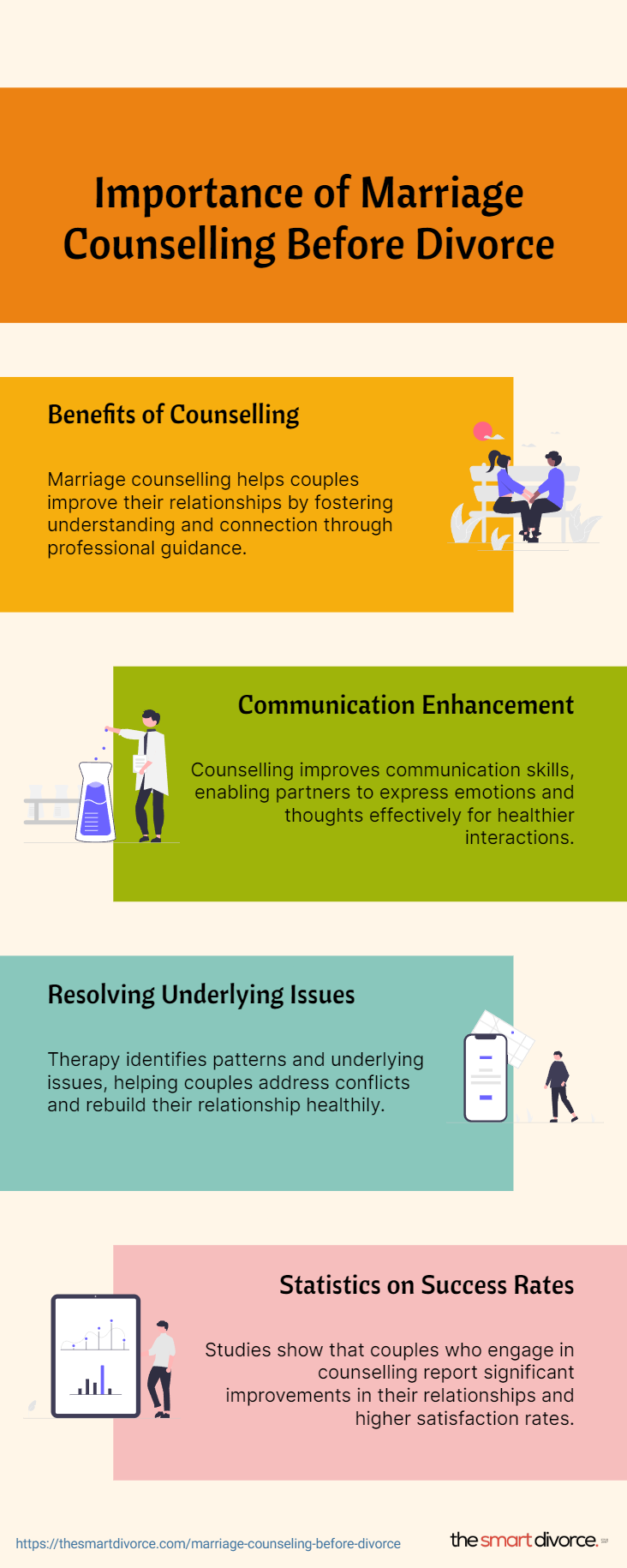All about Aim Point Counseling
Table of ContentsExamine This Report about Aim Point CounselingA Biased View of Aim Point CounselingA Biased View of Aim Point CounselingThe Best Guide To Aim Point CounselingThe 5-Second Trick For Aim Point CounselingThe 9-Minute Rule for Aim Point Counseling
The longitudinal style entails a pre-treatment study and two follow-up studies at 3- and 12-months post-intervention. The research is embeded in eight Relationships Australia Victoria centres, throughout metropolitan, outer suburban areas, and regional/rural websites. Relationships Australia, a non-government organisation, is the largest supplier of couple counselling and connection solutions in Australia.
In Australia, the average length of marital relationship prior to separation is 8.8 years, and around fifty percent of all separations entail couples with children [1] These high rates of relationship break down have been regularly connected with unfavorable health and wellness repercussions for both adults and kids following divorce/separation. These consist of seclusion from support networks, and lowered income and requirement of living for both grownups and children [3], problems of commitment over children for men, and clinical depression and loss of identification for ladies [4,5]
All about Aim Point Counseling
Longitudinal researches likewise recommend that kids of separation have a higher occurrence of psychological problems, alcohol and drug use, and risky sexual behavior [7] Although the effects of separation and splitting up can be damaging, study suggests that high partnership discord in undamaged couples is likewise most likely to have negative results.
Research to day has actually determined both couple and individual factors that may add to connection disharmony. These include relationship fulfillment and commitment at the couple degree, and clinical depression at the individual degree.
Indicators on Aim Point Counseling You Need To Know
Consequently, while a lot of studies show enhancements in relationship complete satisfaction following pair counselling, they are limited by the examples and measures utilized, mainly short-term follow-up time frameworks, and evaluations that do not account for the dyadic nature of pair information. Connection commitment, based on actions such as the Commitment Stock (CI) [19], is an additional commonly checked out partnership result.
To sum up, research study suggests that couple-specific variables as well as individual variables might anticipate the end results of pair therapy and connection services. The causal instructions of these connections, however, is much less clear. These observations are very important, because, to justify and lead the application of connection services such as pair therapy, empirical proof should check out both the outcomes of partnership solutions and the elements that forecast effective therapy.
, at least in some European countries.

We currently recognize little about the profiles of pairs that seek connection education and learning contrasted with those who seek relationship coaching, or the end results of these programs. Nevertheless, anecdotal evidence suggests that there may be considerable distress among at the very least some click for more pairs looking for connection education and learning. Relationship education programs differ from couple therapy as they are commonly highly structured, conducted in groups, and concentrate on a mix of four components; understanding, responses, cognitive change, and abilities training [45]
Aim Point Counseling for Beginners
Responses includes participants finishing questionnaires regarding their partnership (e.g. procedures of interpersonal problems), and obtaining info on what their ratings suggest. Cognitive-behavioural approaches advertise changing cognitions to promote positive partnerships. These may consist of promoting sensible attributions/expectations around negative partner behaviour [46] Finally, in abilities training, pairs go to talks or discussions on connection abilities, and practise these during facilitator-led tasks [ 45]
These meta-analyses highlight constraints in the current literature on relationship education. This sample profile may not stand for customers that typically present for connection education.
A Biased View of Aim Point Counseling

Extremely little research has actually analyzed the relative benefits of pair therapy and relationship education and learning programs. As clients are most likely to self-select into these service types, it is unclear whether characteristic connection distress accounts present to each service kind, or undoubtedly whether there is an interaction between offering account, service kind and result.
(https://myanimelist.net/profile/a1mpoint)
Therefore, we have actually consisted of a 12-month follow-up to determine longer-term fads and impacts. The research uses a number of standard outcome steps because some previous investigations have been criticised for their lack of standardised analysis [50] Lastly, using analytical evaluations that presume freedom of data, such as t-tests, or ANOVAs, has been prevalent in previous researches [ 44,49]
As a result, we recommend to utilise multi-level analytical modelling treatments that regulate for the inter-dependence of pair information to assess any therapy results. The details aims of the ECC research study are to: 1. Map profiles of customers looking for community agency-based couple coaching vs. partnership improvement programs in terms of socio-demographic and connection indicators (such as relationship contentment, connection dedication, social problems, and factors for participating in), along with health and wellness (such as anxiety, general health and wellbeing) and health service usage (eg.
2. Identify whether pair coaching and relationship education and learning solutions enhance 3- and twelve-month end results for connection satisfaction, commitment, and depression, using statistical evaluations ideal to pair data. 3. Figure out the loved one contributions of client elements (private and pair) and therapy/education elements to results at 3- and 12-months, and to sustainability of end results over time.
Getting The Aim Point Counseling To Work
Multi-level modelling to identify pre-post differences, regulating for dyadic (couple) level. To contribute to the literary works analyzing the efficiency of community-based pair therapy.